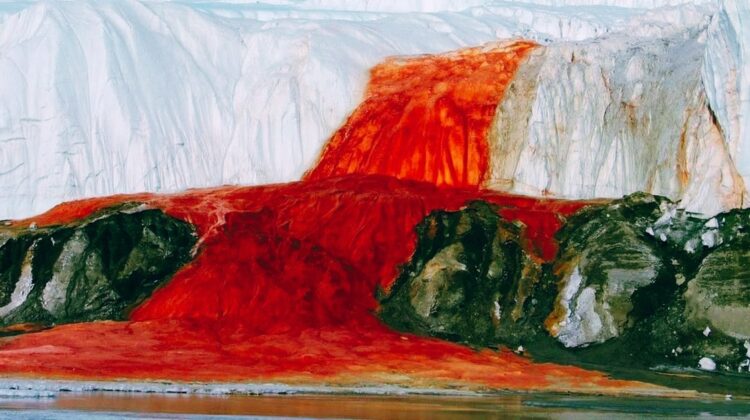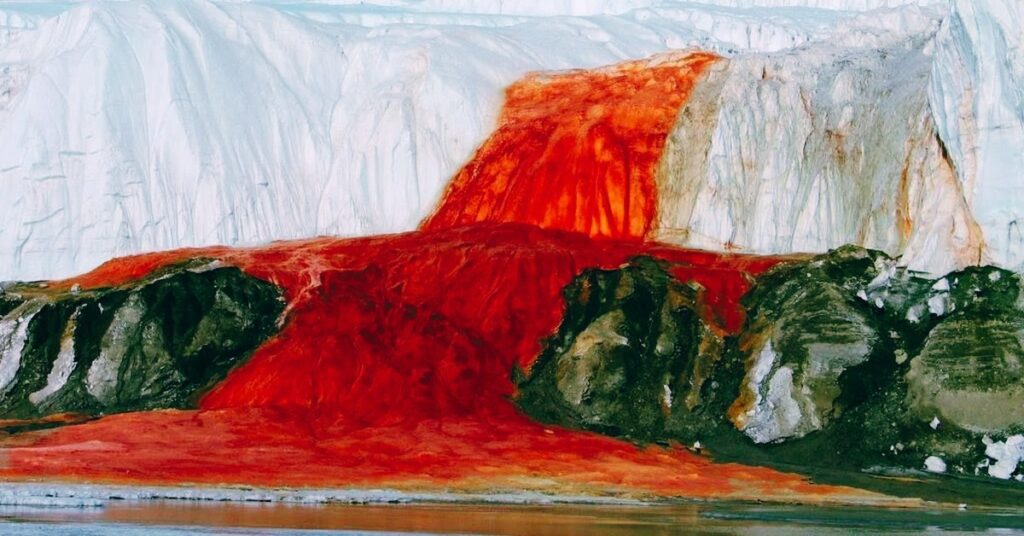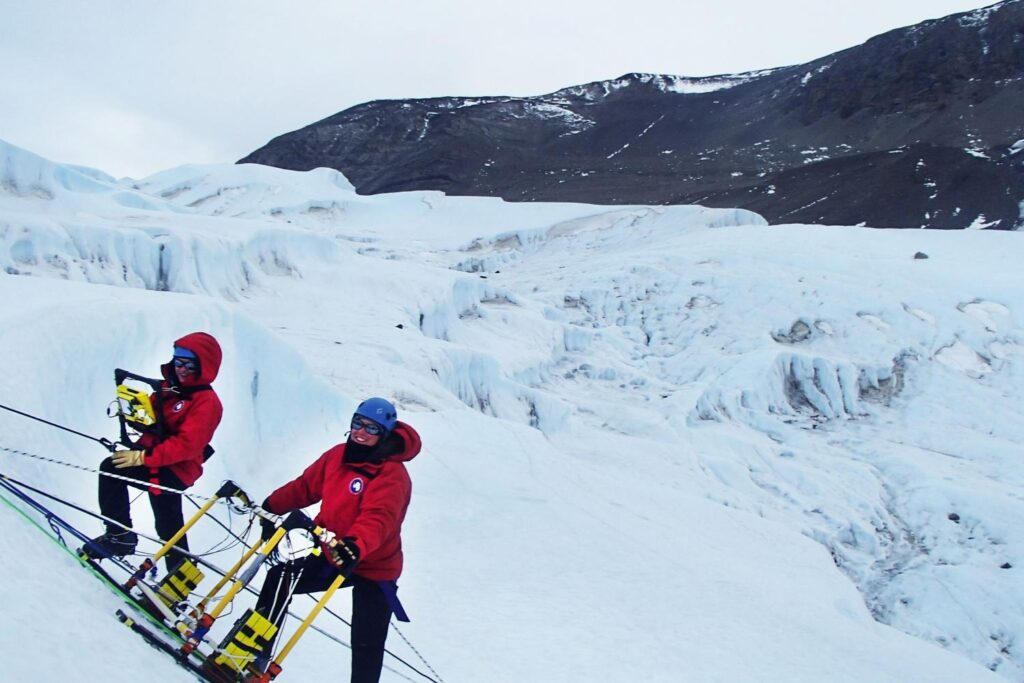
In the desolate expanses of Antarctica lies a natural wonder shrouded in mystery—Blood Falls, a crimson cascade tumbling down the icy face of Taylor Glacier. For decades, scientists puzzled over its origin, but recent breakthroughs have unveiled its secrets, unveiling a tale of ancient life and extraordinary resilience.

Discovered in 1911 by Australian geologist Griffith Taylor, Blood Falls initially perplexed researchers with its vibrant red hue. Early theories attributed the color to red algae, but further investigations revealed the true culprit—iron oxide.
Despite this revelation, the source of the water and the cause of its distinctive coloration remained elusive. It wasn’t until recent advancements in technology that scientists were able to unravel the mystery lurking beneath the glacier’s icy facade.

Using radar imaging, a team of researchers from the University of Alaska Fairbanks and Colorado College delved deep beneath Taylor Glacier, uncovering a hidden subglacial lake buried 400 meters below the surface. This ancient reservoir, sealed off from the outside world for millions of years, holds the key to Blood Falls’ enigmatic origins.

Around five million years ago, rising sea levels inundated East Antarctica, creating a saline lake that would eventually become trapped beneath the ice. Over time, glaciers formed above the lake, isolating it from the rest of the continent and preserving its contents like a time capsule.

Today, the subglacial lake beneath Taylor Glacier boasts a salinity three times greater than seawater, preventing it from freezing even in the harshest conditions. This unique environment supports a thriving ecosystem of microorganisms, reminiscent of those found in deep-sea hydrothermal vents.
Despite existing in total darkness, devoid of oxygen and sunlight, these resilient microbes have adapted to their extreme surroundings, deriving energy from the decomposition of sulfates. In a remarkable cycle of sulfate breakdown and restoration, these ancient organisms have persisted for millions of years, thriving in a world untouched by time.

However, as climate change continues to reshape the Antarctic landscape, the future of Blood Falls hangs in the balance. With ice sheets melting at an alarming rate, this captivating natural wonder faces an uncertain fate.
As we marvel at the awe-inspiring resilience of life in Antarctica’s frozen depths, let us also heed the warning of its fragility. Blood Falls serves as a poignant reminder of the delicate balance of our planet’s ecosystems and the urgent need to protect and preserve the wonders of the natural world for generations to come.

Leave a Reply